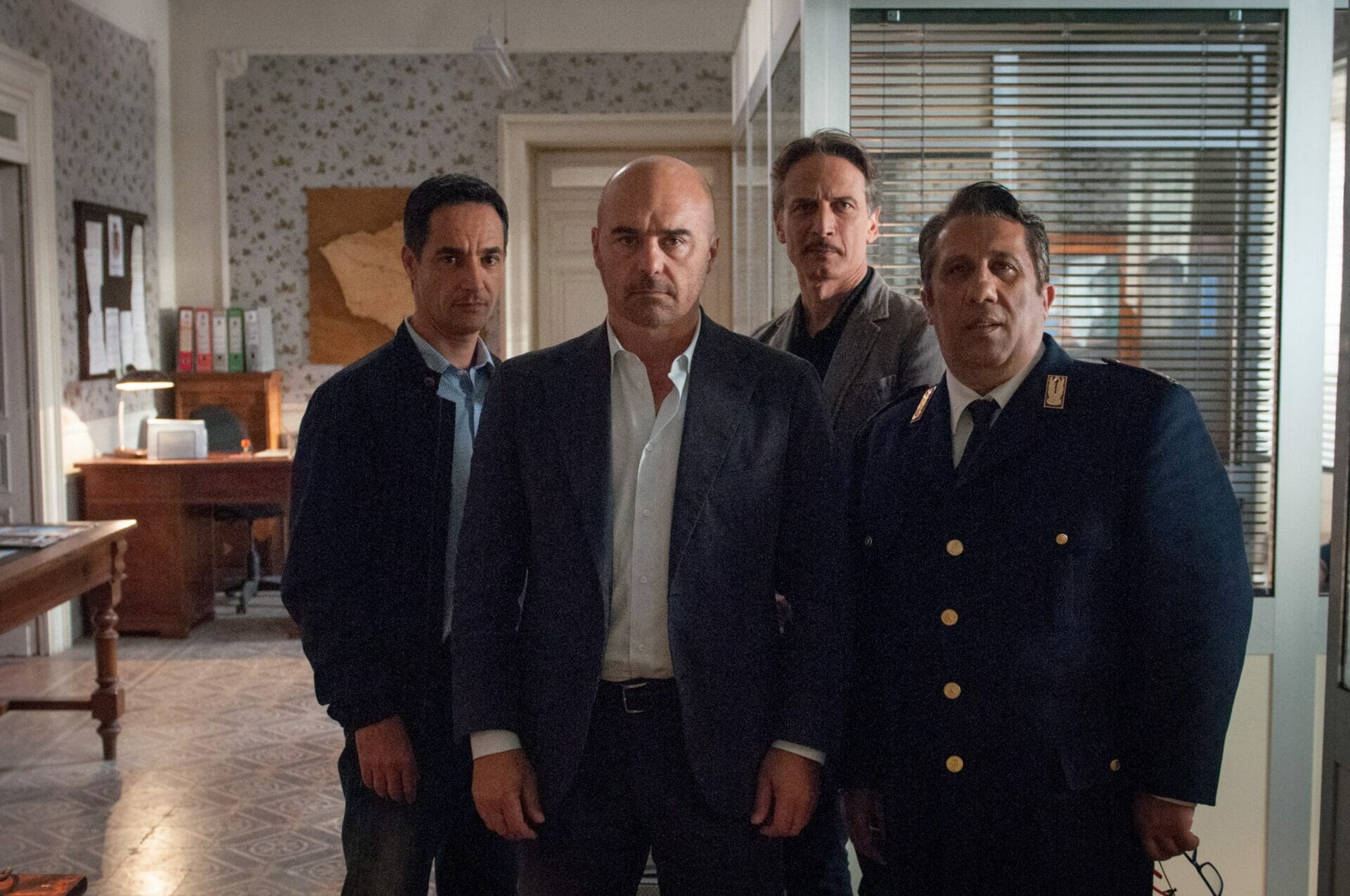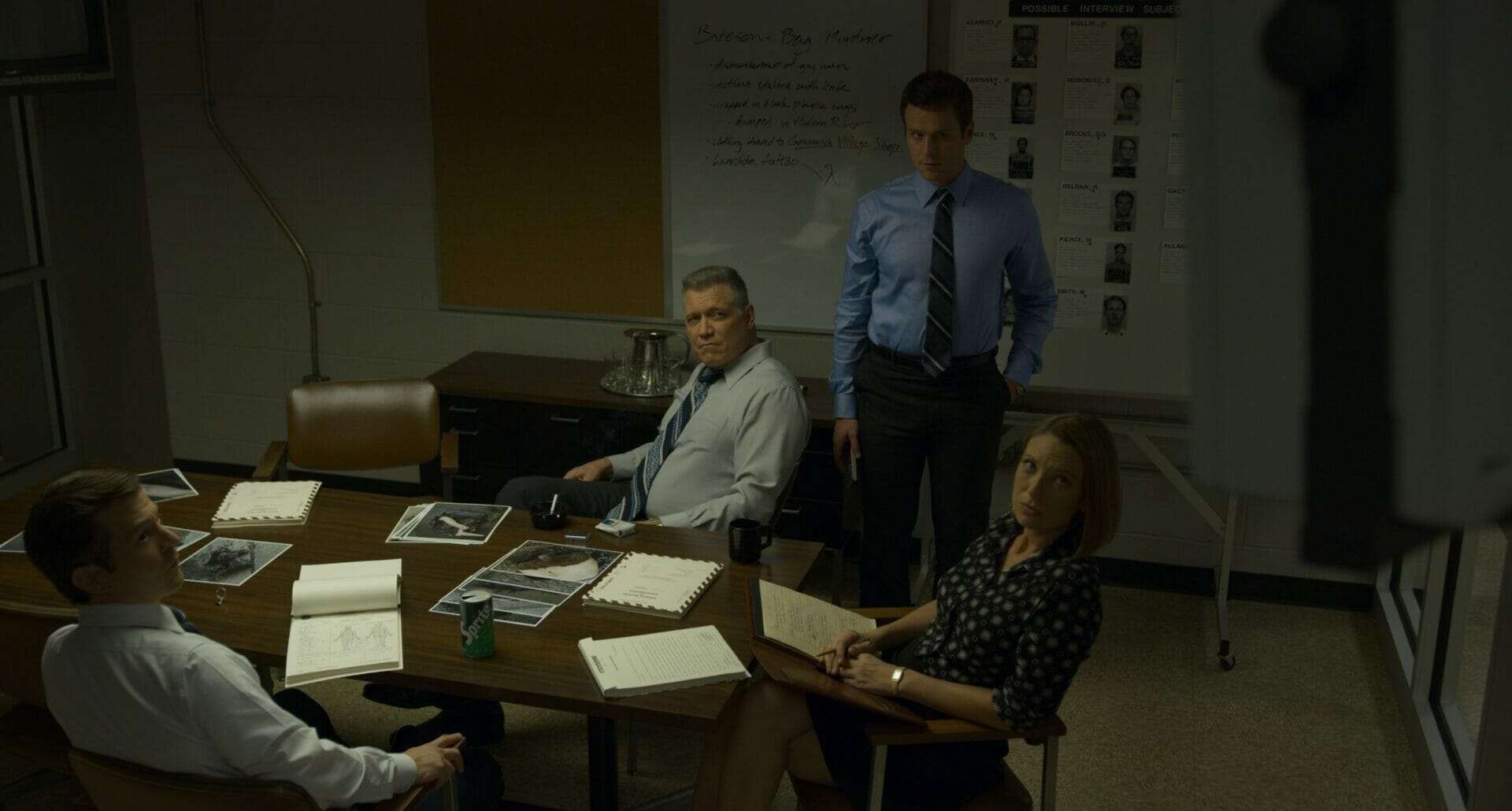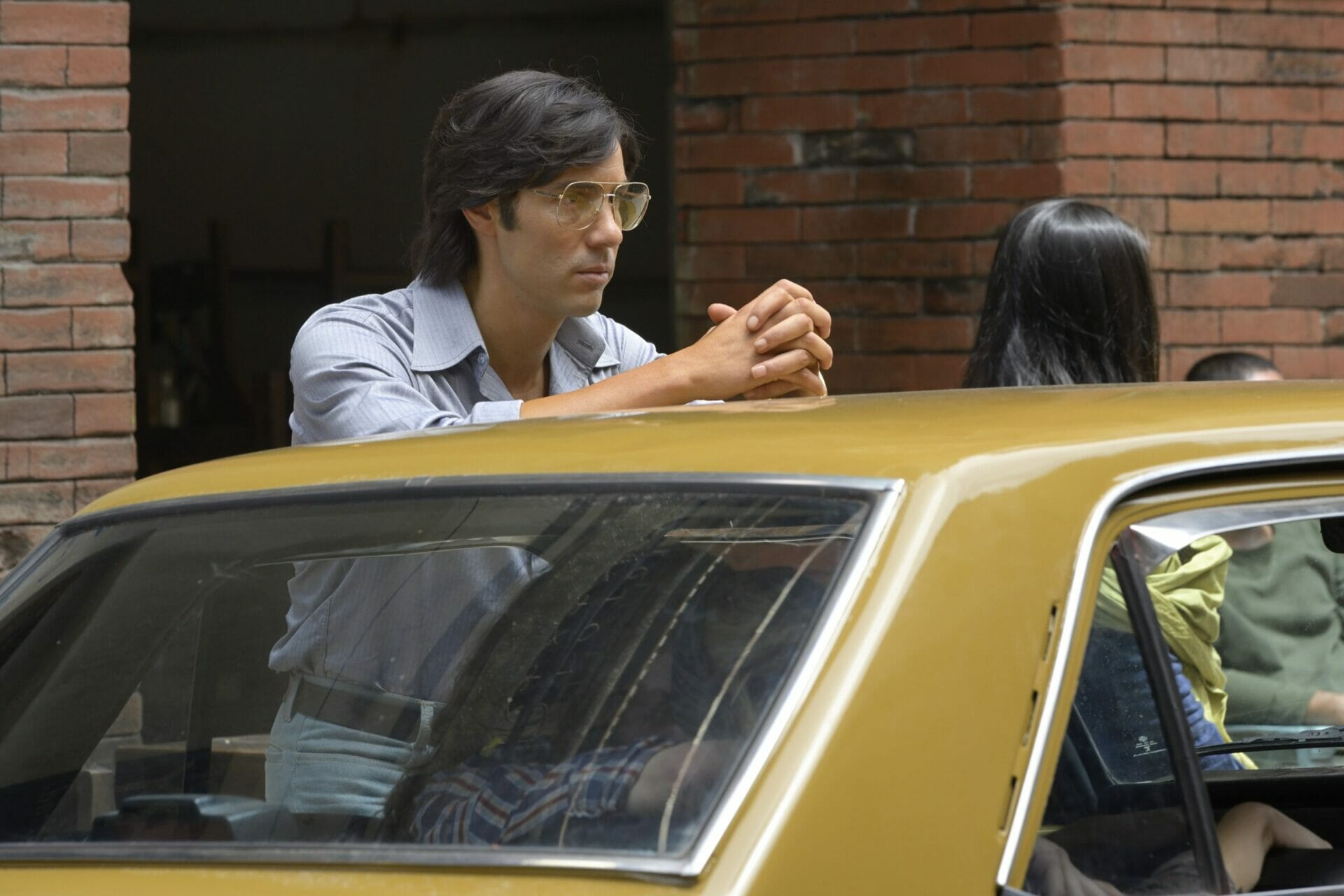
Inspector Montalbano | Sicily’s quintessence in a nutshell
Creator
Year
Country
Seasons
Runtime
Genre
Subgenre
Music by
Inspector Salvo Montalbano is a skillful police commissioner. He first saw the light of day in 1994, from the pen of Andrea Camilleri. It was then adapted for television in 1999 by Alberto Sironi. On the one hand, he’s the lead character in a very classy piece of police procedural. But he has also become a symbol. He represents Sicily, the perks and flaws of an island featuring a strong yet controversial identity. The TV show Inspector Montalbano speaks to everyone, digging into the imperfections, seductions and cravings that are common to all of us.
This balanced blend of typical and universal has seen Inspector Montalbano to reach audiences from over 60 countries. The locations where he investigates crimes – eating, drinking leisurely, taking in morning swims – have even turned into destinations for niche tourism. To this day, both new episodes and reruns keep scoring record audience ratings on Italian broadcasters.
Crimes with a sea view
Salvo Montalbano (Luca Zingaretti) is the chief of police in Vigàta, a fictitious city in Southern Sicily. Gruff and reserved, he enjoys a routinary lifestyle, letting only a few trusted people into his private life. Among them, based in Genoa, is Livia (Sonia Bergamasco), with whom he has a long-distance relationship with. But his real family is the police squad. He is especially close to his deputy Mimì Augello (Cesare Bocci), an incorrigible womanizer. But also to detective Giuseppe Fazio (Peppino Mazzotta), a conscientious professional. Thanks to their support and his notable acumen, Montalbano is called upon to solve a series of tangled criminal cases disrupting Vigàta’s sedentary existence.
The TV show takes its cue from an established tradition of police procedurals. The scandals that engulfed the Italian political landscape in the early 1990’s, helped boosting the show’s relationship with reality. La Piovra (1984-2001) in particular, set in Sicily, presented the tone and schemes of the Italian fight against organized crime. As much as Miami Vice and Law & Order did in the US. This genre has experienced a revival in recent years, with outputs such as Mindhunter, Fargo and The Undoing. On its side, Inspector Montalbano has paved the way for a police series with a strong regional focus. Other examples of this trend range from I Bastardi di Pizzofalcone to Rocco Schiavone.
Sicily as a narrative microcosm
Indeed, what stands out from the 37 episodes of the show is the vibrant and fascinating portrait of Sicily. This enchantment comes from the extensive use of dialect and a mostly local cast to the island as a character, not only a location. It emerges as a self-standing world, with its own rules, rhythms and routines. This in particular, is due to precise direction and screenplay choices. Instead of high-speed chases, death fights and continuous twists and turns, the genre presented something innovative. Walks among baroque architectures, comic interludes and scenes of pure enjoyments of life’s pleasures. They all alternate in a ritual cycle that mirrors a wavelike motion. It is no coincidence that many episodes begin and end with an establishing shot of the sea, as if the waves are what really drives the characters’ actions.
Time as well seems to be suspended. The audience can perceive events as somehow contemporary though lacking precise references to current affairs and pop culture. The soundtrack by Franco Piersanti contributes to create an almost dreamlike atmosphere.
Montalbano’s sense of justice
This crystallized version of Sicily unveils an insight into humanity. Characters involved in the cases make up a varied selection of vices and virtues. Loyalty, trust and genuine affection find their representation on screen, as well as their darkest counterparts. Betrayal, grudge, corruption and morbid love lurk behind apparently perfect relationships. As a detective, Montalbano deconstructs family, friendship and love, the core units of society, and envisages their most degenerated sides.
Such an analytical process does not spare political institutions and social constructs at large. Echoing Giuseppe Tomasi di Lampedusa’s The Leopard, Vigàta’s people and authorities look resigned and ill-prepared to confront crime. They seem to consider misdemeanors as much of a necessary counterbalance to the beauty of their land. The protagonist himself is the only one putting up a resistance to abuse and injustice, even when he feels he is battling windmills:
How many pyramids had the mafia built through political backing? We opened a hole in that pyramid to look inside, discovered that wormhole and eradicated that link between mafia and politics. But how many years, how much work, how many innocent victims would have still been necessary to sweep away all that mud?
Inspector Montalbano – The Mud Pyramid, 2015

Montalbano breaks his head, as Captain Bellodi does in Leonardo Sciascia’s The Day of the Owl, in fighting a social and political system that is rotten and unwilling to change. Still, even if he had the chance, he would never leave Sicily. What holds him back is not just his sense of duty, but also, and above all, a boundless love for his land. And when tourists from all around the world visit the places where Inspector Montalbano was shot, they cannot help but think that it is something worth fighting for.
Tag
Buy a ☕ for Hypercritic










